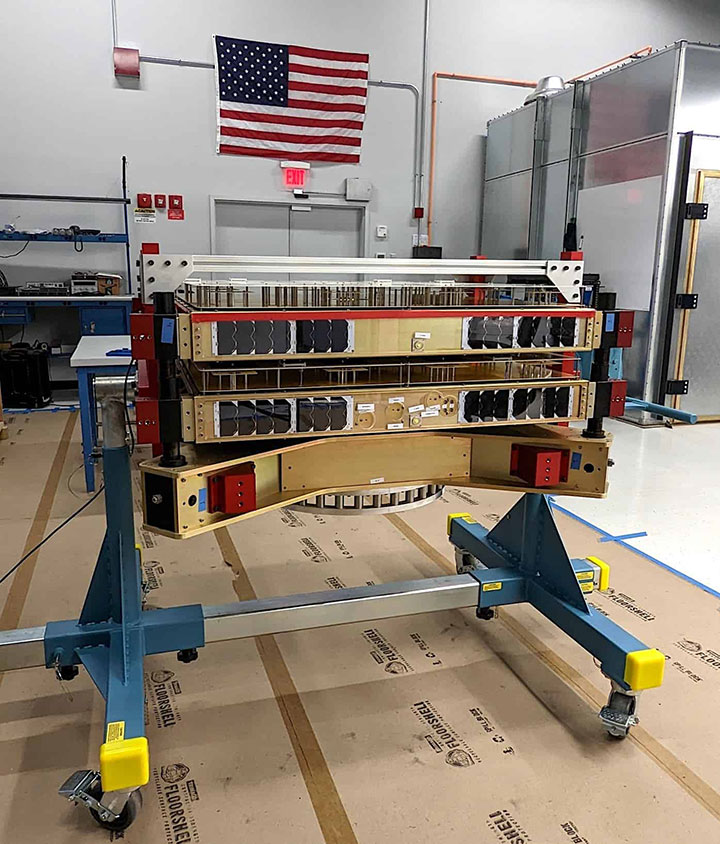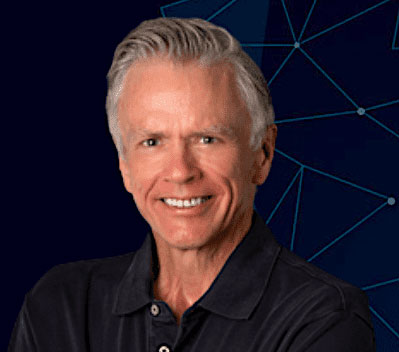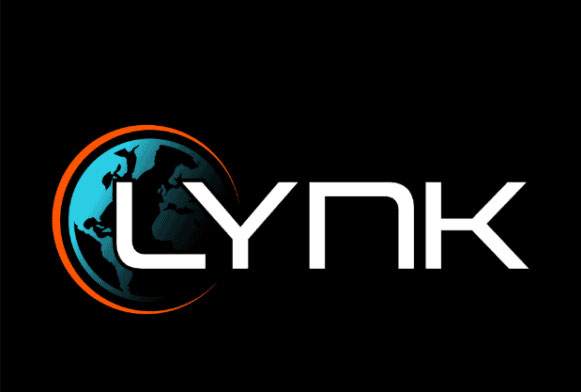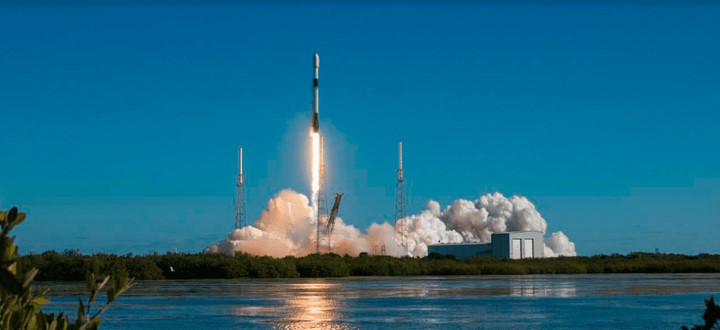 Lynk Global’s in-house satellite deployer shown here with the two Gen1 satellite launched recently with the SpaceX Transporter 6 mission. (Source: Lynk)
Lynk Global’s in-house satellite deployer shown here with the two Gen1 satellite launched recently with the SpaceX Transporter 6 mission. (Source: Lynk)
PARIS — Startup satellite-to-smartphone service provider Lynk Global acknowledged legitimate regulatory concerns about frequency interference with terrestrial mobile services in regions with many nations closely packed, and that Lynk’s initial operations will start this year in much easier geographies.
U.S.-based Lynk recently deployed its second and third satellites in orbit. Next step: Get the 25 mobile network operators that have signed commercial contracts to secure landing rights from their national regulators.
At that point Lynk, which has a commercial operating license from the U.S. Federal Communications Commission (FCC), can start service providing emergency and short messages.
In an interview, Lynk Chief Executive Charles Miller said his MNO partners see no problem in getting regulatory approval, since it will be just an additional “cell tower” using frequencies they already use.
There is much disagreement in the industry over whether using terrestrial wireless spectrum for satellite links will face regulatory issues.
The second challenge for Lynk is raising the funds to ramp production, first of its Gen 1 satellites and then Gen 2. The company’s filing with the International Telecommunication Union is for more than 5,000 satellites.
Think of the Lynk service as similar to, if less ambitious than, AST SpaceMobile’s promise of broadband speeds to unmodified phones, from much larger, technically challenging satellites at 700 kilometers in altitude. Lynk’s constellation is designed for a 500-km orbit.
Both Lynk and AST use MNOs’s licensed spectrum, in a business model that leaves the MNOs in charge of their customers.
The Globalstar/Apple and Iridium/Qualcomm model modifies user equipment to add mobile satellite spectrum, in L- or S-band, to the user devices, thereby going over the heads of the MNOs and raising questions among some regulators.
SpaceX’s Starlink proposes to use spectrum licensed by T-Mobile in the United States.
Bottom line: Lynk is going to need a quick “yes” from one or more national regulators, and an infusion of cash to build its constellation.
 Charles Miller, CEO, Lynk Global. (Source: Lynk)
Charles Miller, CEO, Lynk Global. (Source: Lynk)
Let’s start with financing. Where are you?
There are term sheets on the table and being discussed with potential strategic investors. More and more investors are coming to us. All this news in the past year has validated the markets. The biggest questions we had been dealing with is that people say: This is impossible.
Then they said: Maybe you can do this, but it’s not a very big market.
Both those questions are off the table now.
It’s a huge opportunity. This is 5 billion customers you are serving, 60% of which have some extended period of dis-connectivity. So you’re solving a problem.
If you have strategics involved, that means you are willing to sell equity.
Oh yes.
A majority?
It depends on the strategic. We do have CFIUS [an inter-agency U.S. government committee reviewing foreign investment in U.S. technology] issues and we’re not going to give up control to somebody who doesn’t share our values. There are a variety of things to consider. Certain non-US investors we would not give control to.
This is a strategic and global issue, controlling this technology. This is not only huge commercially, but it’s also a huge inflection point for communications around the world.
How is the current financial market now in terms of raising funds?
The free money being thrown at business plans that make no sense is gone. Investors are now doing more due diligence and you have to clear a higher level of proof. Lynk has easily cleared those hurdles.
It’s not closed, there’s just a shift in approach. Some of the best businesses arrive in a downturn because a downturn washes away the chaff. The good investments still can get money.
And on starting this service this year, what’s the status?
We have 25 contracts — not testing agreements, not MoUs — but commercial contracts with MNOs. They are ready to start now.
They still don’t yet have regulatory approval in the nations in which they want to operate.
We think that’s rather streamlined, to get regulatory approval. These MNOs believe they can get approvals for landing rights. We already have the global operator’s license from the FCC.
We do need to get landing rights. We serve a major public function and benefit in those countries, for life-saving technology. The MNOs are confident that they can get landing rights from their regulatory using their spectrum to start service.

Some regulators, notably in Europe, have issues with frequency interference in using terrestrial spectrum for a mobile satellite service.
We are not talking about Europe, where the countries are really close together and have cross-border issues. They have legitimate concerns. They shouldn’t allow a license until it’s proven not to cause interference.
Lynk is committed to proving we will not cause harmful interference.
When any satellite company says “Truste Me” you should run away. That’s why Lynk got the license from the FCC. We said: Give us a testing license and we will prove we don’t cause harmful interference.
We have done that. We now have the stamp of approval from the FCC and we are willing to prove it to each and every country before we ask for the landing rights for commercial operations.
How tough is it, in nations close to each other like Europe, to get to where you can prove to regulators that there is no interference?
There is real work to be done, but we have a plan where we will eventually prove it to everybody. We know exactly how to get to rolling out our service. You don’t roll out a service to the ones in small countries in the middle of other countries. You don’t start there. You roll it out in the easy places and advance over time to get smaller and smaller beams and more beam control and other measures that I will not discuss, and you roll it out over time.
You don’t start a global service everywhere all at the same time. That’s why we’re doing 25 MNOs. Those 25 have the ability to do service there. Over time, we’ll get to almost every country on Earth. There may be a few countries that say, we don’t want your service because of regulatory and political problems.
These are real issues to be managed, but we have a path to get there. But you don’t start there on Day 1.
The Iridium/Qualcomm and Apple/Globalstar deals use satellite spectrum to get to unmodified handsets, bypassing the mobile network operators.
There are political issues. The MNOs say: What? You are going after our customers? And the regulators are concerned about losing control of communications with our citizens. This is why Lynk’s strategy of being the trusted partner to mobile network operators is preferred. People under appreciate the power of the MNOs.
We are NOT going to go direct to consumer and that is a critical distinction. We will never do that. We will sell it to MNOs, it’s a great partnership. We solve a problem for them. They will keep ownership and the relationship with their subscribers.
It’s the same reasoning of AST SpaceMobile, except AST is promising 4G/5G speed to the same unmodified handsets, directly from satellites at 700 km in orbit.
In theory, AST could make it work. It’s a big R&D project. I have deep respect for them, but there’s huge risk. I don’t know how they get over the orbital debris issue.
We have done the complete opposite. We think we’re the one that is working, the one that’s patented, and the one that’s licensed.
AST has patents too.
We have the fundamental patents for satellite direct to device. Their patents don’t relate directly to the fundamental technology of satellite direct to phone. Ours do.
Where you should be by the end of this year?
We’re shooting for this April to start service. There are several things we need to accomplish, all of them achievable. But if any one gets slowed down it will slow down the initial service.
What could slow it down?
Under our FCC license, we need to get a ground station operational. That’s in process. We also need to get market access rights for those countries we are going to start in, and that’s in process. The MNOs are the lead in this. We help them.
They go to the regulators and say: This is our spectrum and our license, we just want to light it up with a different type of cell tower. This will save lives in our country, can you agree to this?
And the regulators respond: This doesn’t cost us anything and it means you are going to do what we’ve been yelling at you to do with universal service?
Usually the MNOs say to the regulators: Pay us and we’ll extend coverage everywhere. Now they are just saying, sign this paper, it costs you nothing and we’ll do what you want.
Can you tell regulators: The same security procedures in terms of routing calls through the MNOs via ground stations – that occurs here too? There is no breach of security from going to a ground tower in space compared to a terrestrial tower?
Yes, we have the same requirements that they are imposing.
 The SpaceX Transporter 6 mission on Jan. 3 placed Lynk’s second and third commercial satellites into orbit. (Source: SpaceX)
The SpaceX Transporter 6 mission on Jan. 3 placed Lynk’s second and third commercial satellites into orbit. (Source: SpaceX)
What is the planned orbit of your full constellation?
A 500-km orbit. The current ones are a little higher. but our application for our ITU filing of 5,110 satellites is at 500 km. During the SpaceX Transporter you get a slightly higher altitude.
And satellite operational life at 500 km?
They are designed for five years’ service.
They all will have propulsion?
These first ones do not. We are looking at many options for propulsion and in the future, we will have it.
Discount propulsion: Turning the satellite for collision-avoidance maneuver
An interesting wrinkle: We had a conjunction warning with our satellite last summer or early fall. The U.S. Space Force said we had about a 5% chance of hitting a big upper stage. That was when it was 48 hours out.
That is a big number that far out. They were saying, within the margin of error, that we were going right down the middle of each other.
What we did was tip up the satellite to put the flat face forward, which hits more of the atmosphere and accelerates the deorbit. Within 6-8 hours the probability of collusion when to nine zeros — 1 in a billion.
So even without propulsion, we have demonstrated a very interesting maneuver to avoid a conjunction. That’s why getting accurate conjunction warnings from the Space Force is a good public service. Our satellites look like a big pizza box, they will slow down fast if you tip them up. But in the future we will have propulsion.
Why no propulsion now?
The propulsion manufacturers’ options were extremely expensive and we need to be prudent because we are going to be mass-producing these.
Note to smallsat propulsion providers: Get your price down
A lot of propulsion companies want to charge us more than the cost of the entire rest of the satellite. This is crazy. Much of the small satellite thruster community is Mom and Pop shop economics. They want to build 10 and make all their money.
We are talking to lots of them about getting the price down. The satellite industry is used to providing in dozens, when we are moving to thousands. You need to rethink your business to be a great suppler to satellite companies that are manufacturing in the thousands.
When are you moving to Gen2?
We are going to ramp up our existing design and then in parallel start building a mass production facility for our Gen2. We are doing Gen1 in-house and baselining Gen 2 in-house but we might add a manufacturing partner for Gen2. But we haven’t seen anybody that addresses our needs yet.
For now you are still wedded to doing all this in-house?
There is actually a significant benefit to doing all this in-house and the industry needs to overcome that. Contract manufacturers that might be a good fit have given us quotes, and given our knowledge of how much it costs us to do it, it’s like 10X our cost. It’s shocking — 10 times what we know the cost is.
Again and again, we find vendors who, when we get down to it, the cost of what it would cost us to build it and what they propose, well— add a zero.
What is your cost estimate on the cost so get to comfortable volume.
Our plan is to ramp up to build 200 per month of the Gen 2 system. That would take us two years to build out 5,000 satellites. That meets our plan. Our projections on what we need to ramp up once we start generating revenue on Gen 1 is several hundreds of millions for our Series C.
We are partly financed out of cash flow. That’s the unique part of our strategy, We don’t need to wait five years from the launch of our first satellites to get our first cash flow.
Read more from Space Intel Report.
